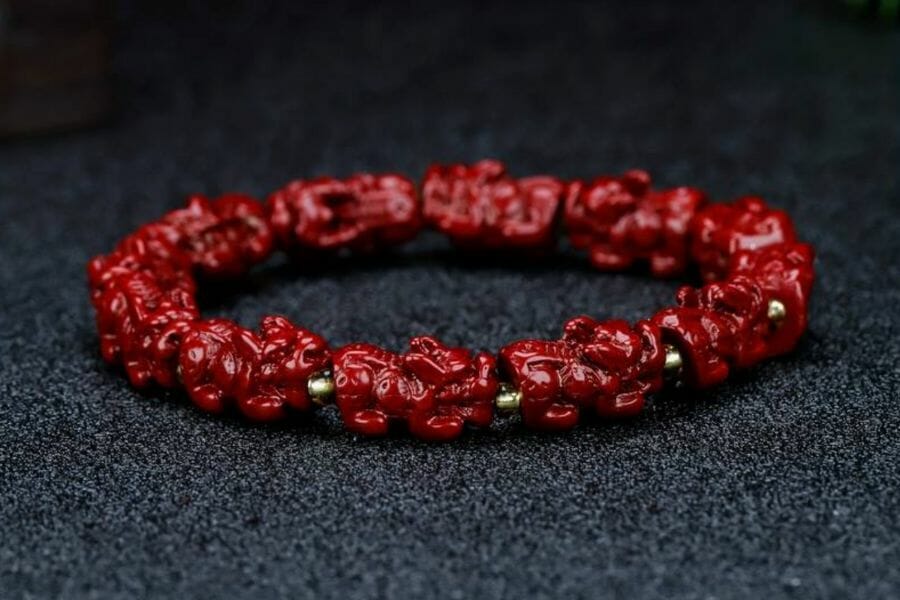Cinnabar, a lustrous red mineral that has dazzled humans for ages, is quite the catch for collectors and investors alike. You might be wondering, what’s the big deal about this fiery rock? Well, folks, cinnabar is not just any ordinary mineral. A true jack-of-all-trades, it has a fascinating history and is essential in various applications.
When it comes to value, cinnabar’s worth its weight in gold. Used since ancient times as a pigment, a source of mercury, and an ornamental stone, it’s been passed down through generations, making it a cherished heirloom for many. This gem is a real head-turner with its vibrant red hue and unique aesthetic appeal.
But don’t let the eye-catching beauty fool you. The price of cinnabar can leave your wallet feeling lighter than a feather, as it varies greatly depending on factors such as quality, origin, and scarcity. As they say, all that glitters is not gold – and cinnabar is no exception!
So, why is cinnabar so darn special? Stick around as we dive deeper into this magnetic mineral’s world, from its ancient roots to modern uses. We’ll paint the town red as we uncover the secrets behind cinnabar’s value, price, and worth!
What Cinnabar Is
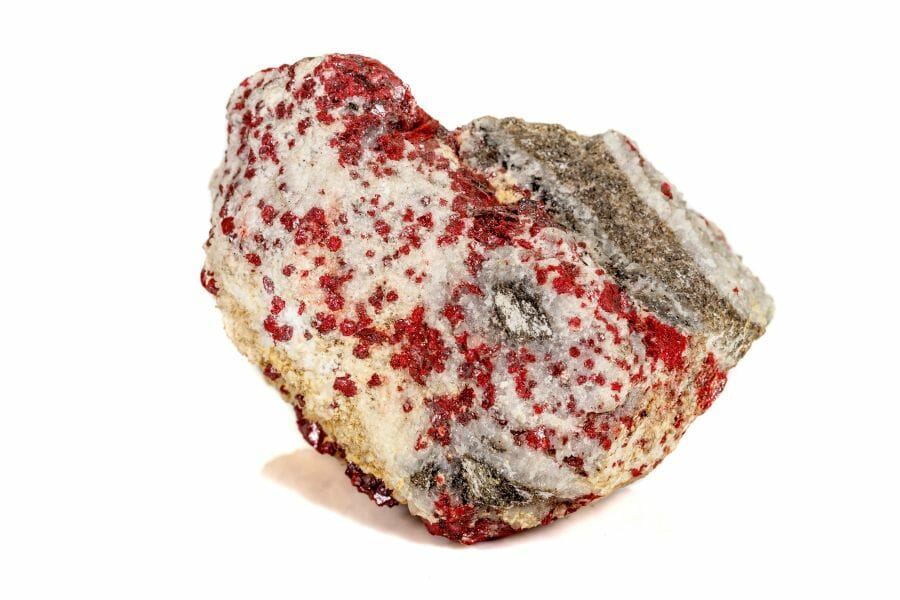
Cinnabar is a striking red mineral composed primarily of mercury sulfide (HgS). Often found near volcanic and geothermal regions, it boasts a rich history as a valuable pigment for artwork and a vital source of mercury extraction.
The fiery red color of cinnabar, also known as vermilion, has made it a prized possession among artists, who have used it to create stunning works of art. Ancient civilizations, such as the Romans, Chinese, and Maya, utilized cinnabar for its vivid pigment and recognized its potential in spiritual and ceremonial practices.
While its industrial applications have diminished, its distinct color and intriguing history ensure it maintains a prominent place in precious minerals. The desire for cinnabar pieces, whether for jewelry or decorative purposes, reflects the enduring appeal of this fascinating and enigmatic mineral.
Despite its allure as a dazzling gemstone, its cabochons of all sizes go for $6 to $75 per carat.
Why Cinnabar Is So Expensive
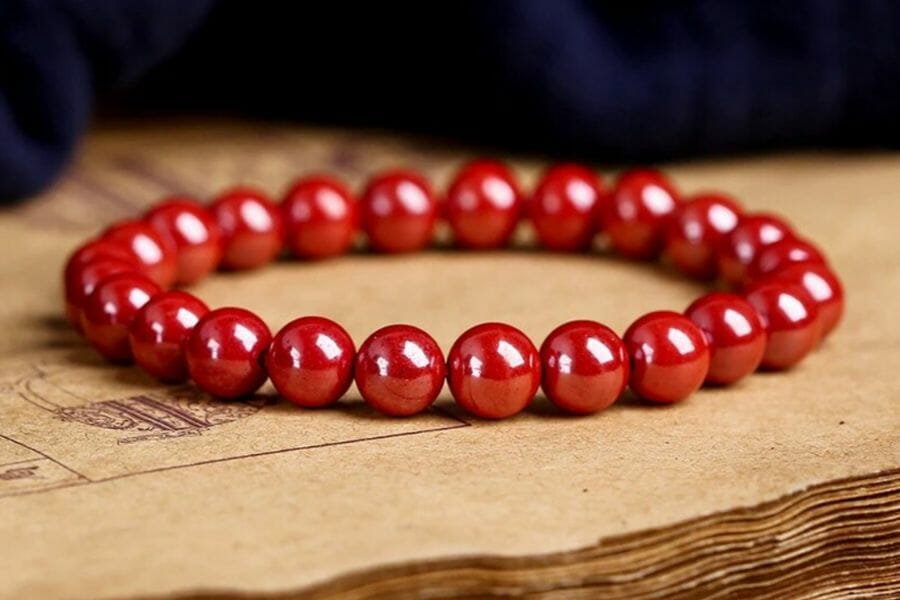
Cinnabar’s allure and enduring value stem from a unique combination of historical significance, mesmerizing color, and versatile applications. Throughout history, this vibrant red mineral has captured the hearts and minds of those who’ve encountered it, with its beauty, rarity, and practical uses contributing to its respected status.
As a collector’s item, cinnabar continues to be highly valued for its eye-catching appearance and intriguing history. The scarcity of high-quality specimens, combined with the craftsmanship displayed in cinnabar art and jewelry, adds to the mineral’s desirability and worth. Cinnabar’s sustained value lies in its captivating blend of beauty, utility, and rarity, which resonate with people across generations and cultures.
How To Determine The Value Of Cinnabar
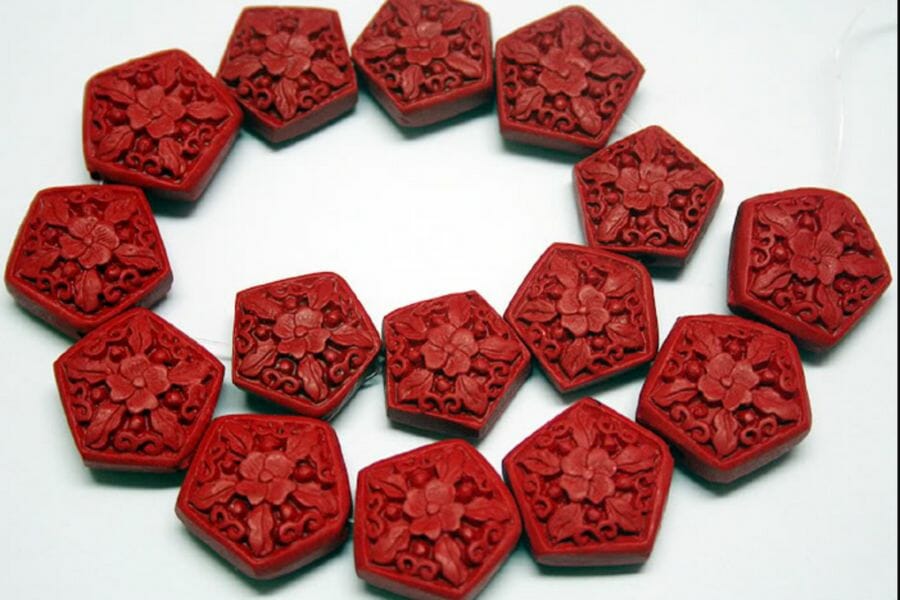
The price of any given cinnabar is frequently based on a few essential elements. Buyers may ensure they get the best value for their money by making informed judgments when acquiring cinnabar artifacts by being aware of these elements.
Quality
The overall quality of cinnabar significantly impacts its price. High-quality specimens boast a deep red hue, well-defined crystal structure, and minimal impurities. The higher the rate, the more valuable and sought-after the cinnabar becomes.
Size
Larger pieces of cinnabar, especially those with impressive crystal formations or intricate carvings, are generally more valuable than smaller ones. The rarity of finding sizable specimens increases their worth in the eyes of collectors and enthusiasts.
Provenance
The origin of the cinnabar also plays a crucial role in its pricing. Specimens from renowned or historically significant mines tend to command higher prices due to their rarity, reputation, and unique characteristics.
Rarity
As with many collectible items, the rarer the cinnabar, the higher the price. Exceptional specimens with unique features, such as a combination of distinct crystal formations or unusual color variations, can fetch premium prices.
Artistry
In the case of carved cinnabar or cinnabar-based artworks, the skill and craftsmanship of the artist are essential factors in determining the item’s value. Exquisite detailing, intricate designs, and the artist’s reputation can significantly increase the price of a cinnabar piece.
Condition
The condition of the cinnabar also affects its price. Well-preserved specimens without damage, such as chips or cracks, are more valuable than those with signs of wear or restoration.
Cinnabar Price By Type
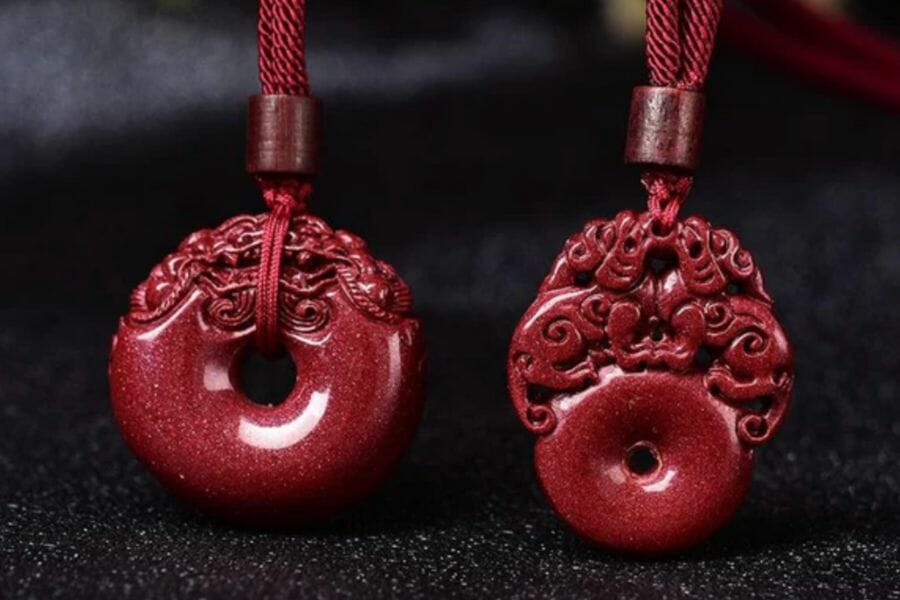
A thorough understanding of their characteristics is required to calculate the price and worth of cinnabars. It’s best to see an appraiser for an accurate calculation of your cinnabar.
Cinnabar prices typically range from $6 to $75 per carat for good-grade stones, while rare gems may fetch more excellent rates.
Cinnabar pricing by unit of measurement
The value and cost of different varieties of cinnabar change considerably. Find out the cost of cinnabar relative to other items.
| Measurement | Price |
| A carat of cinnabar | $6 – $75 |
| A gram of cinnabar | $30 – $375 |
| An ounce of cinnabar | $850 – $10,630 |
| A kilogram of cinnabar | $30,000 – $375,000 |
| A pound of cinnabar | $13,600 – $170,100 |
| A ton of cinnabar | $27,215,550 – $340,194,400 |
The Most Expensive Cinnabar
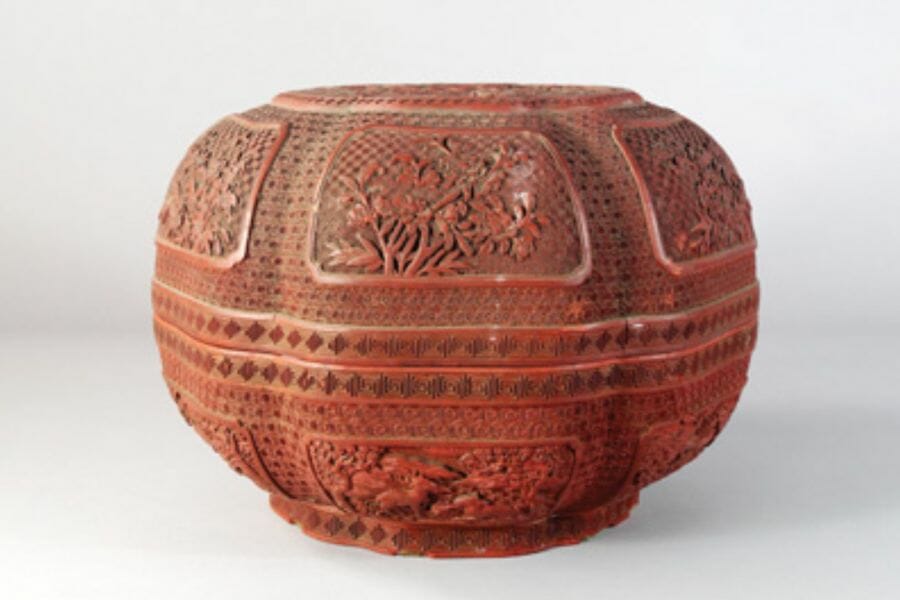
The most expensive cinnabar ever sold was a rare and magnificent 18th century cinnabar lacquer quatrefoil box and cover, sold for an incredible $46,960 at a Roseberys fine art action in December 2014. It’s a highly prized collectible, valued for its artistry, craftsmanship, and historical significance.
Originating from China, these decorative boxes were crafted during the Qing Dynasty and featured intricate carvings on their lacquer surface. The quatrefoil shape, resembling a four-leafed clover, adds to the box’s visual appeal and uniqueness. The box’s cover usually features meticulously carved scenes depicting Chinese legends, myths, or nature-inspired motifs, often surrounded by ornate floral patterns or geometric designs.
How To Get An Appraisal On Your Cinnabar
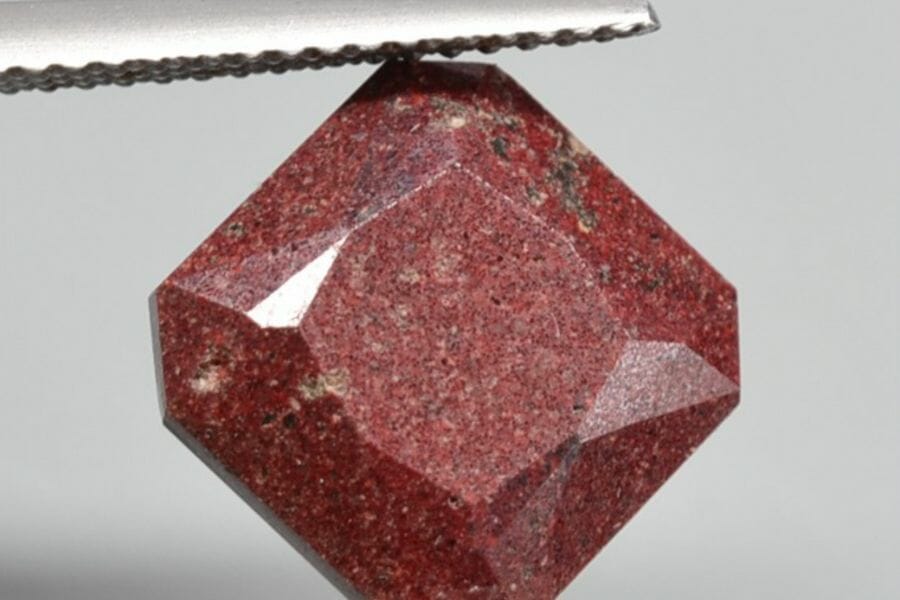
To get an appraisal for a cinnabar piece, follow these steps:
Begin by gathering information about your cinnabar work, including its origin, size, condition, and associated history or documentation. This information will be helpful when discussing your item with an appraiser. Search for a certified appraiser specializing in minerals, gemstones, or the specific type of cinnabar item you possess (e.g., artwork or jewelry). Professional organizations like the American Society of Appraisers (ASA) can help you locate reputable appraisers in your area.
Contact the appraiser to set up an appointment for an evaluation. Some appraisers may offer remote services, allowing you to submit photos and information about your cinnabar piece online. However, an in-person examination often yields the most accurate appraisal.
During the appraisal, the expert will assess your cinnabar item’s quality, condition, rarity, and market value. They will likely ask questions about its history and any unique features. After evaluating your cinnabar piece, the appraiser will provide a written report that details their findings and the estimated value. This document can be used for insurance purposes, selling or buying transactions, or simply for your records.
Remember that the appraisal value may change over time due to fluctuations in the market, so you may need to update your appraisal periodically to ensure it accurately reflects your item’s current worth.

